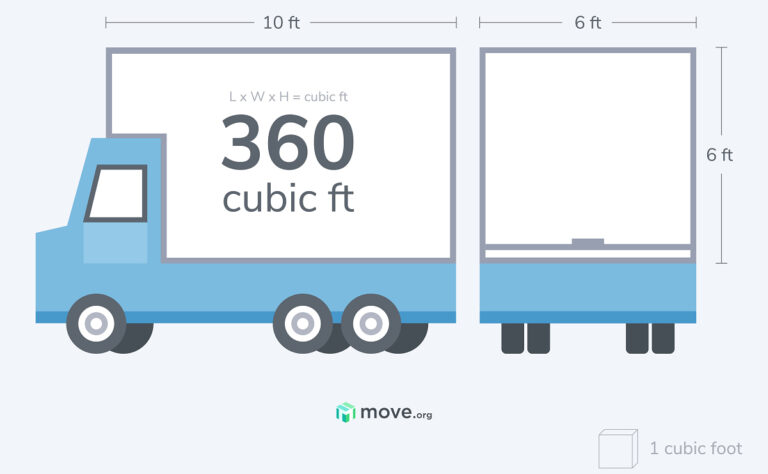Square footage measures the area of a flat surface. It can tell you the size of your yard, the floor space your bed will take up, and the wall space you’ll need for all your concert posters.
When calculating square footage, you use linear feet as part of the math.
To begin finding the square footage of an object or space, measure its length in linear feet. Then, measure it in one other direction. You only need to take two measurements to find square footage, but which measurements you should take depends on what you’re measuring.
To find a wall’s square footage, measure its length and its height. Similarly, to know how much wall space a piece of decor or furniture will take up, measure its length and its height. To find the square footage of your kitchen floor or learn how much floor space something will take up, measure its width and its length.
Once you have these two measurements, multiply them by each other. The product is the object’s or space’s square footage. For example, if your garage is 10 feet wide and 16 feet long, the area of your garage floor is 160 square feet.
The math for calculating square feet can be a bit trickier than measuring linear feet, so you’ll probably need a calculator, but here’s a conversion chart that illustrates how to do it:
Use square feet whenever you need to know the total area of a flat surface or the footprint of a piece of furniture. Square footage can tell you how big a rug is, how much floor space your coffee table will take up in your living room, or how large your patio is.
Cubic footage is used to calculate a container’s volume and how much room an object will occupy in a container. In short, it can tell you how much stuff you can fit into things like boxes, cabinets, rooms, moving trucks, and storage units.
To find the cubic footage of a space or an object, you’ll once again start by determining how much is a linear foot (12 inches) and using a linear foot calculator like the table above. This time, though, you’ll measure in all three directions: length, width, and height.
Once you have all three dimensions, you’ll multiply them together. The product is the cubic footage. For example, if a moving truck’s cargo compartment is 10 feet long, 6 feet wide, and 6 feet high, the compartment is 360 cubic feet in volume.
Now, the numbers involved in cubic feet get pretty big, and the math can be a little too tricky to quickly do in your head, so use a calculator when trying to find an object's cubic footage. To illustrate exactly how to do this, here are a few examples:
Measure in cubic footage whenever you need to know how much a container can hold or how much space an object will take up inside a container.
For example, finding the cubic footage of your moving truck, storage unit, or moving and storage container is the only way to know exactly how much stuff you can put in them. Of course, you’ll also want to know the cubic footage of everything you plan to put inside these containers to ensure it’ll all fit.










